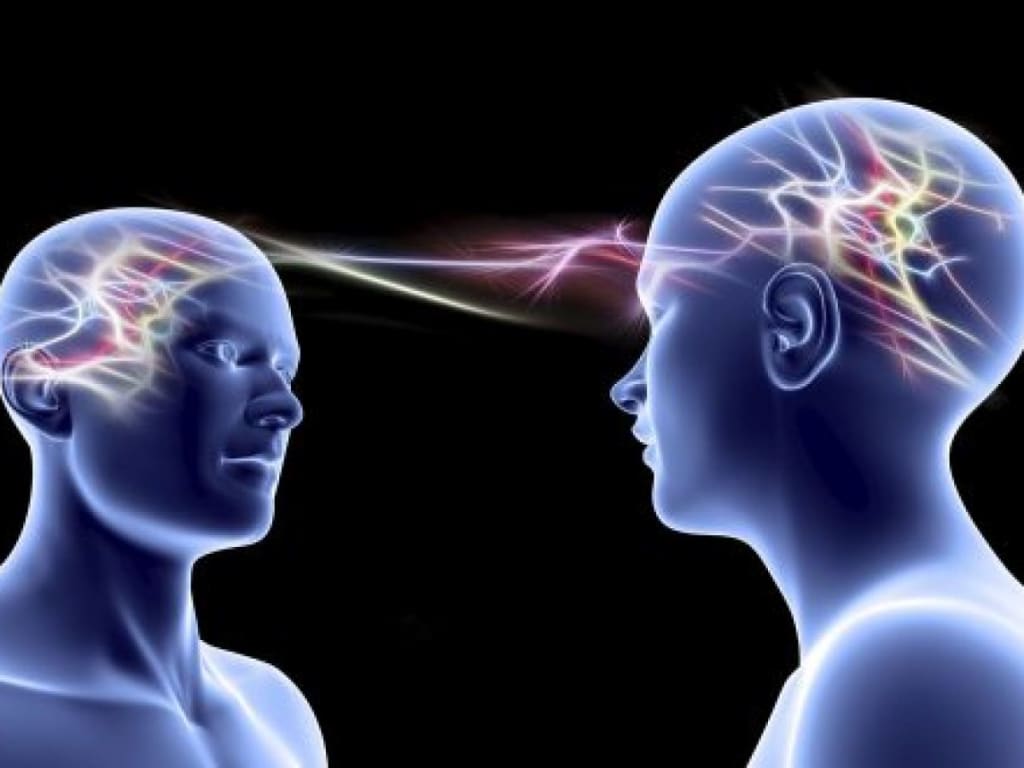THE BIOCHEMISTRY BEHIND LOVE
Unraveling the Biochemical Tapestry of Love

Love is a complex and multifaceted emotion that involves various psychological, neurological, and biochemical processes. While it's challenging to pinpoint a single biochemical explanation for love, several neurotransmitters and hormones play crucial roles in shaping romantic feelings and attachment. Here are some key biochemical aspects associated with love:
Dopamine: Often referred to as the "feel-good" neurotransmitter, dopamine is associated with pleasure and reward. It plays a significant role in the early stages of romantic love, creating feelings of euphoria, excitement, and motivation. When you're in love, activities associated with your romantic partner can trigger the release of dopamine, reinforcing positive feelings.
Oxytocin: Often called the "love hormone" or "bonding hormone," oxytocin is released during intimate physical contact, such as hugging, kissing, or sex. It is associated with social bonding, trust, and attachment. Oxytocin levels tend to rise during positive social interactions and contribute to the formation and maintenance of emotional connections.
Serotonin: This neurotransmitter regulates mood and is involved in feelings of happiness and well-being. Changes in serotonin levels may influence mood swings, anxiety, and obsessive thoughts, all of which can be experienced in the context of romantic love.
Endorphins: Endorphins are neurotransmitters that act as natural painkillers and mood elevators. They are released during pleasurable activities, such as being with a loved one, and contribute to the overall sense of well-being and happiness associated with love.
Cortisol: Known as the stress hormone, cortisol levels may fluctuate in response to the emotional ups and downs of love. In the early stages of a relationship, cortisol levels may rise due to the excitement and novelty. Long-term relationships, on the other hand, may lead to more stable cortisol levels, indicating a sense of security.
Testosterone and Estrogen: These sex hormones play roles in sexual desire and attraction. Testosterone, commonly associated with males, also influences females' sexual desire, while estrogen, typically associated with females, plays a role in male sexual function. The balance of these hormones contributes to the sexual aspect of romantic relationships.
Attachment and Oxytocin
Oxytocin, in addition to its role in romantic love, also plays a crucial role in social bonding and maternal-infant attachment. Higher levels of oxytocin are often associated with increased trust and emotional intimacy.
Oxytocin is released during activities like cuddling, hugging, and other forms of physical touch. It contributes to the formation of emotional bonds between individuals.
The Role of Vasopressin
Vasopressin is another hormone that influences social bonding and attachment. It's closely related to oxytocin and is involved in pair bonding and long-term commitment.
Research has suggested that vasopressin levels may be associated with relationship satisfaction and the ability to form strong emotional bonds.
The Pleasure of Phenylethylamine (PEA)
Phenylethylamine is a natural compound that acts as a trace amine and is found in chocolate. It has been called the "love molecule" because it's believed to contribute to the feelings of excitement and attraction.
PEA is related to the release of dopamine and norepinephrine, neurotransmitters associated with pleasure and alertness.
Attachment and Cortisol Regulation
Cortisol, the stress hormone, plays a role in the body's fight-or-flight response. In the context of love, cortisol levels can be influenced by the stress associated with relationship challenges or separations.
Long-term relationships tend to show a pattern of cortisol regulation that reflects a sense of security and stability.
Neurotransmitter Balance
The balance of neurotransmitters such as serotonin, dopamine, and norepinephrine is crucial in maintaining mood and emotional well-being. Imbalances in these neurotransmitters can contribute to mood swings and feelings of anxiety or obsession associated with love.
Evolutionary Aspects
From an evolutionary perspective, the biochemical processes associated with love have been shaped by the need for social bonding and reproduction. The emotional and biochemical aspects of love likely evolved to promote the formation of stable pair bonds, which could provide support for raising offspring.
In conclusion, the experience of love is a beautifully intricate interplay of biochemical processes within the brain. Dopamine, oxytocin, serotonin, endorphins, cortisol, testosterone, and estrogen all contribute to the various dimensions of romantic emotions. Dopamine brings pleasure and excitement, oxytocin fosters bonding and trust, serotonin regulates mood, endorphins induce a sense of well-being, cortisol reflects the stress and security of love, and sex hormones contribute to sexual desire and attraction.
However, love is not solely a biochemical phenomenon; it is equally shaped by psychological, cultural, and individual factors. The complexity of love lies in its uniqueness to each person, influenced by their personal history, values, and social context. While science offers insights into the biological aspects of love, the full richness of this emotion is found in the depth of human connections and the myriad ways individuals experience and express their affection. Love remains one of the most profound and captivating aspects of the human experience, transcending the boundaries of science and enriching our lives in immeasurable ways.
About the Creator
Enjoyed the story? Support the Creator.
Subscribe for free to receive all their stories in your feed. You could also pledge your support or give them a one-off tip, letting them know you appreciate their work.






Comments
There are no comments for this story
Be the first to respond and start the conversation.